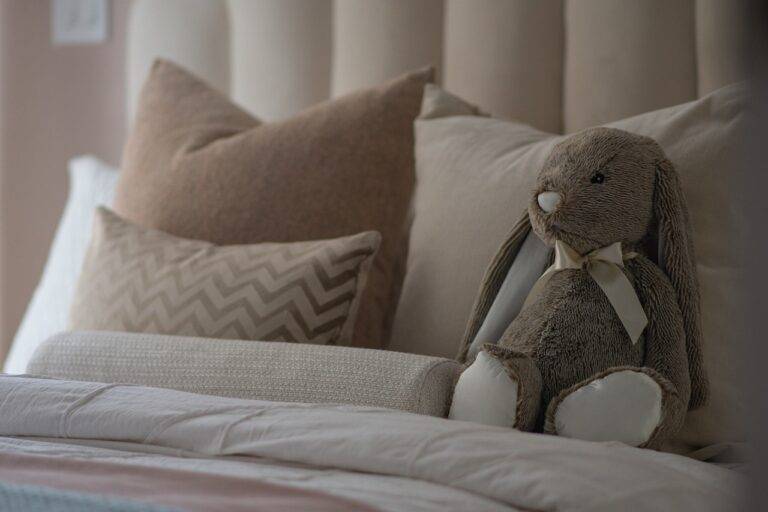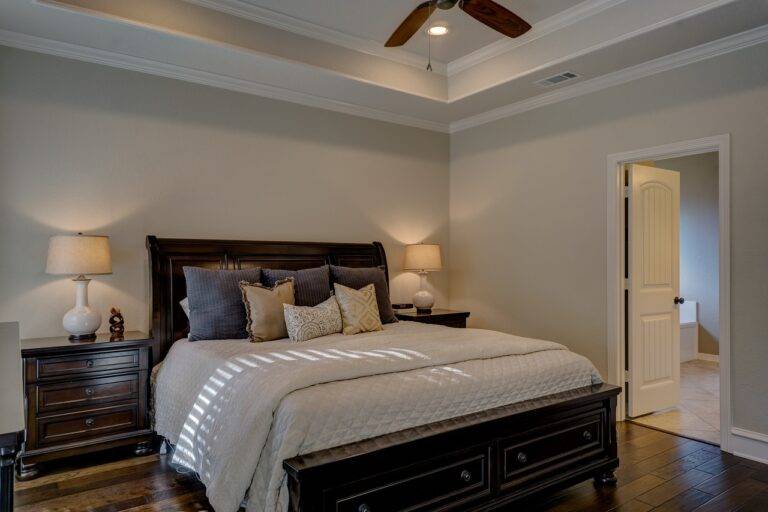The Influence of Art Deco Design in Home Improvement
Art Deco design emerged in the 1920s and 1930s, flourishing internationally in the interwar period. This eclectic style was a product of various influences, including the bold geometric forms of Cubism, the sleek lines of modernism, and the ornate aesthetics of Art Nouveau.
Characterized by its symmetry, geometric shapes, and vivid colors, Art Deco design exuded luxury and sophistication. The movement encompassed various art forms, from architecture and interior design to fashion and visual arts, reflecting a desire for modernity, elegance, and glamour in the post-World War I era.
Historical Context of Art Deco Movement
Art Deco emerged in the 1920s, flourishing during the interwar period of the 1920s and 1930s. It was a response to the austerity of World War I and represented a shift towards modernity and technological advancement. The movement encompassed a wide range of design disciplines, from architecture and interior design to fashion and visual arts.
The Art Deco movement was heavily influenced by a variety of sources, including the vibrant cultural scene of Paris in the 1920s, the discovery of Tutankhamun’s tomb in 1922, and the rise of industrialization. These influences came together to create a style that was characterized by bold geometric shapes, rich colors, and luxurious materials. Art Deco reflected the optimism and progress of the time, marking a departure from the ornate and elaborate styles of the past.
Key Characteristics of Art Deco Style
Art Deco design is characterized by its bold geometric shapes, streamlined forms, and lavish ornamentation. One of the key features of Art Deco style is its use of symmetrical patterns and sleek lines that create a sense of elegance and modernity. These designs often incorporate motifs inspired by nature, such as sunbursts, chevron patterns, and geometric shapes like zigzags and stepped forms.
Another defining characteristic of Art Deco style is its luxurious materials and rich color palettes. This design movement often utilized materials such as exotic woods, chrome, glass, and mirrors to create a sense of opulence and sophistication. The color schemes in Art Deco design tend to be bold and vibrant, with hues like black, gold, silver, and rich jewel tones used to add drama and glamour to the overall aesthetic.
Symmetrical patterns and sleek lines
Motifs inspired by nature such as sunbursts, chevron patterns, and geometric shapes
Luxurious materials like exotic woods, chrome, glass, and mirrors
Rich color palettes including bold hues like black, gold, silver, and jewel tones
What is the main influence behind Art Deco design?
Art Deco design is influenced by a combination of various artistic movements, including Cubism, Futurism, and Constructivism.
When did the Art Deco movement first emerge?
The Art Deco movement first emerged in the 1920s and 1930s, following the end of World War I.
What are some key characteristics of Art Deco style?
Some key characteristics of Art Deco style include geometric shapes, symmetry, bold colors, and the use of luxurious materials such as glass, metal, and lacquer.
How did the historical context of the time influence the Art Deco movement?
The historical context of the time, including the rise of industrialization and the aftermath of World War I, influenced the Art Deco movement by emphasizing modernity, luxury, and glamour in design.
Are there any famous examples of Art Deco architecture?
Yes, some famous examples of Art Deco architecture include the Chrysler Building in New York City, the Empire State Building, and the Hoover Building in London.





